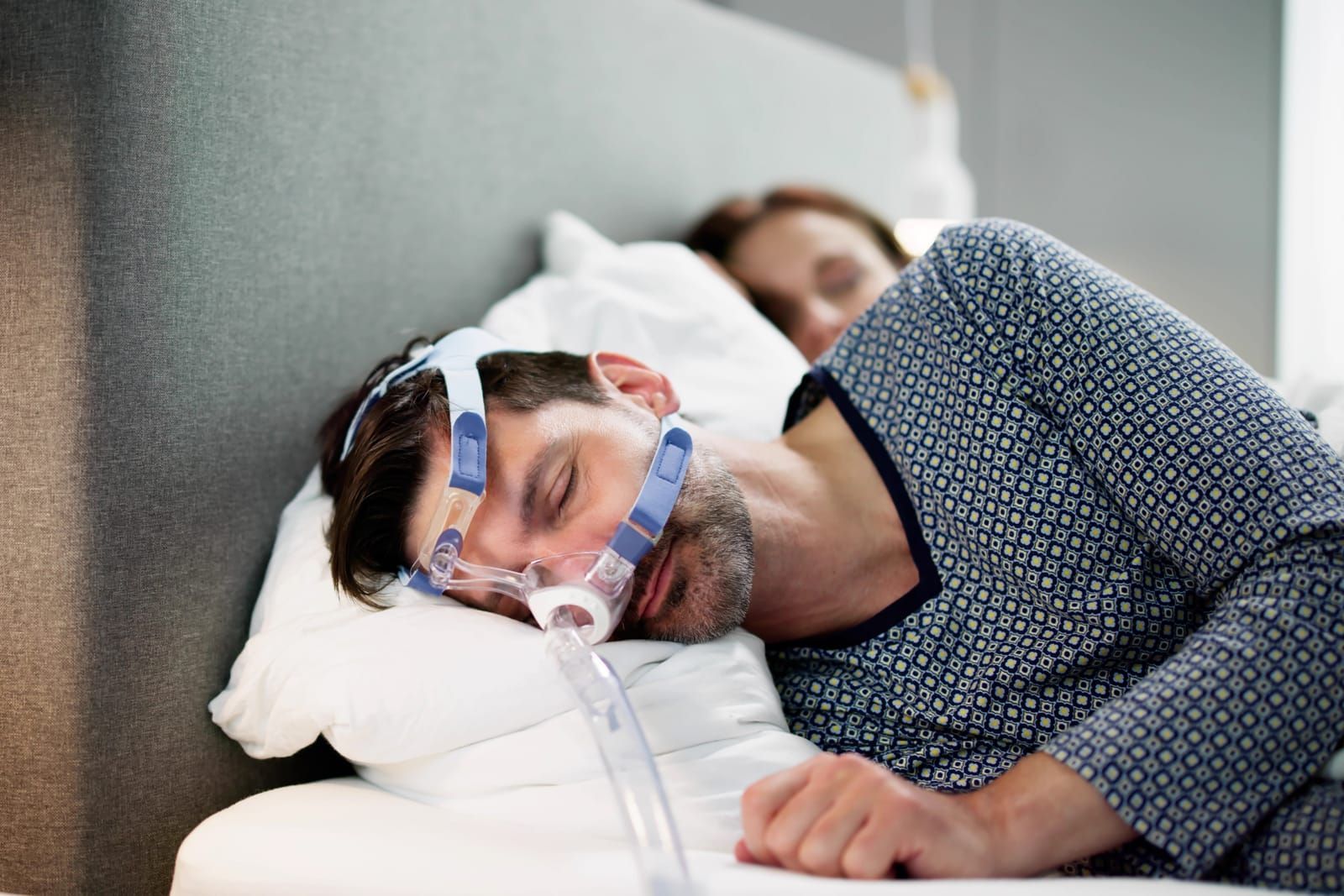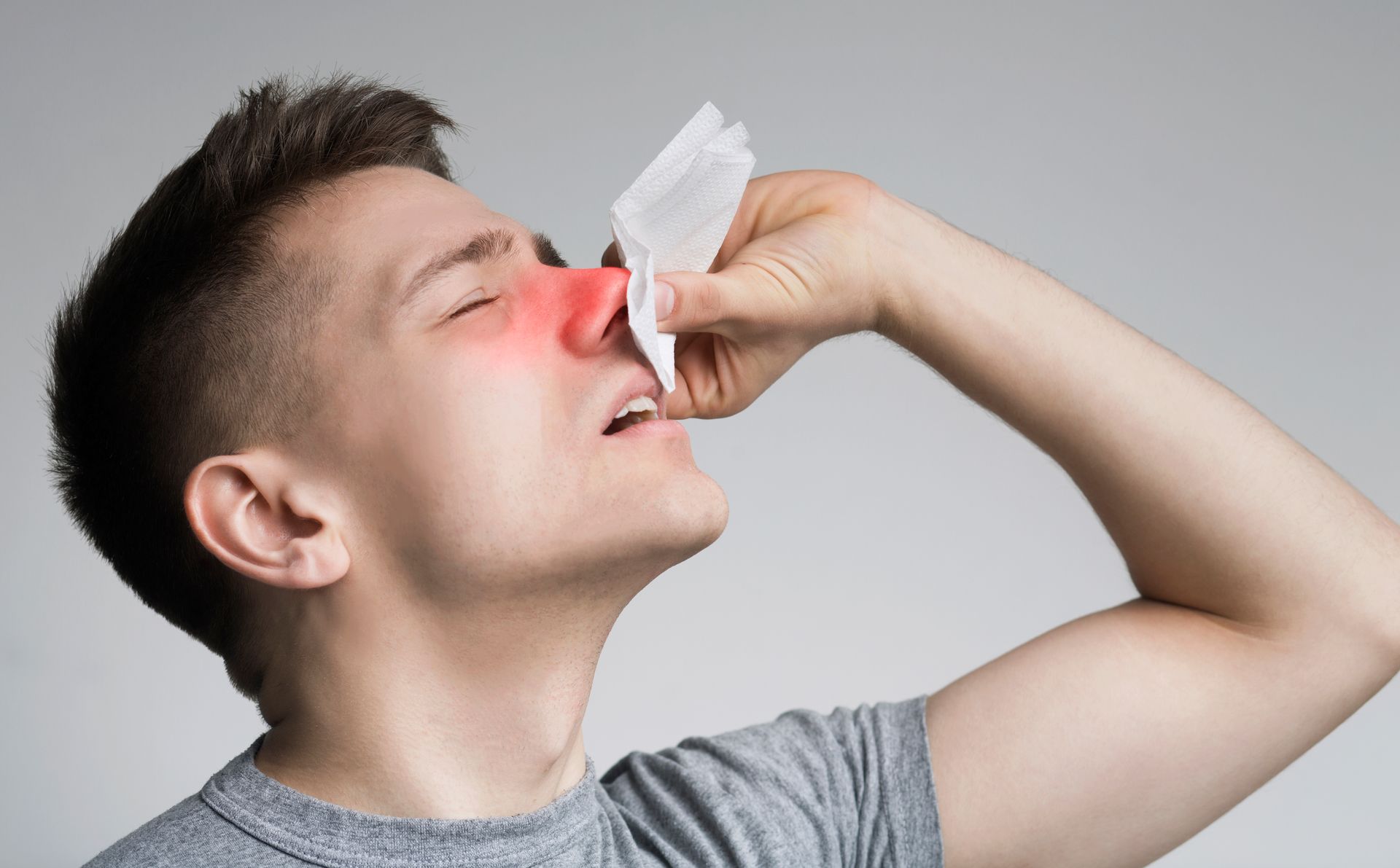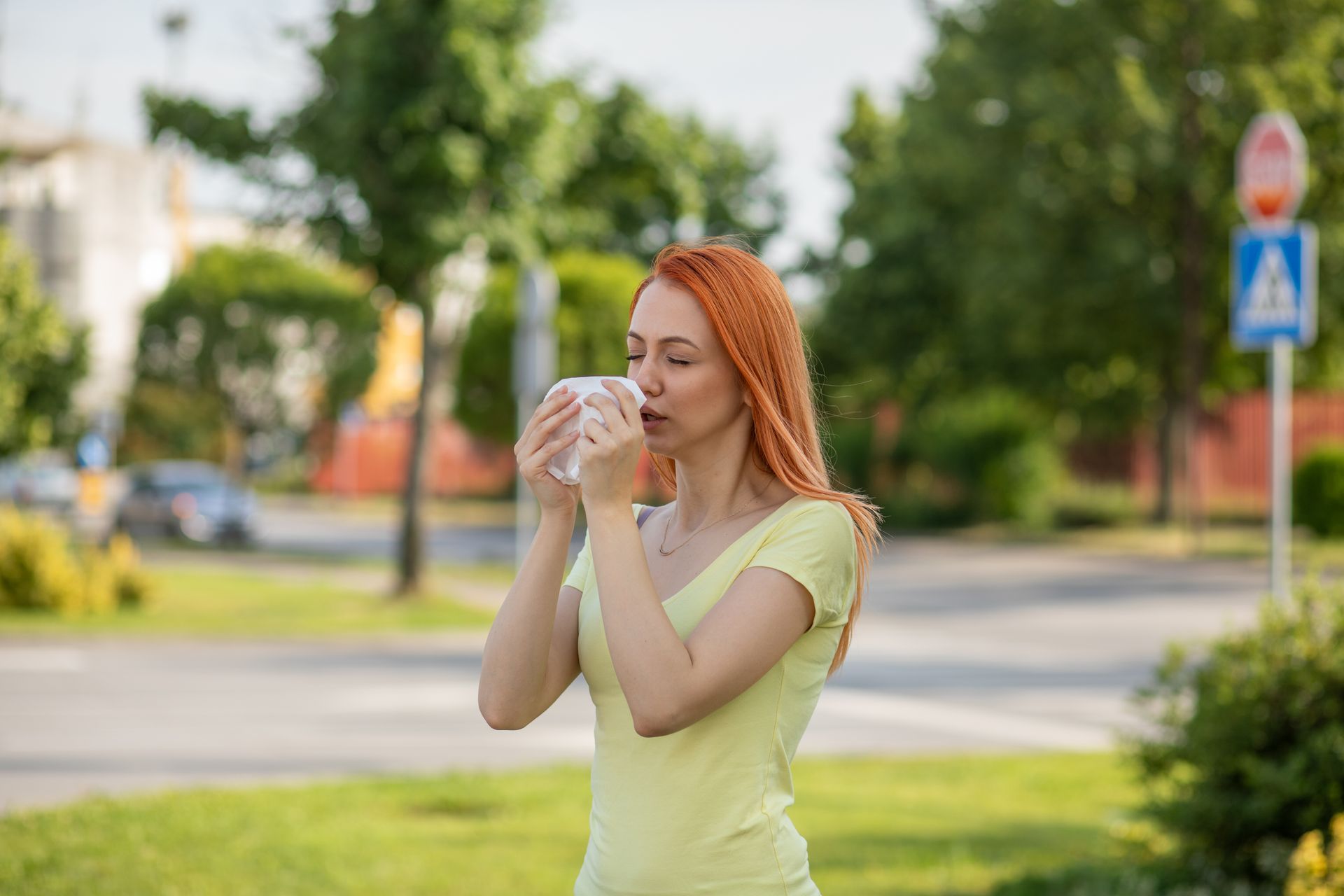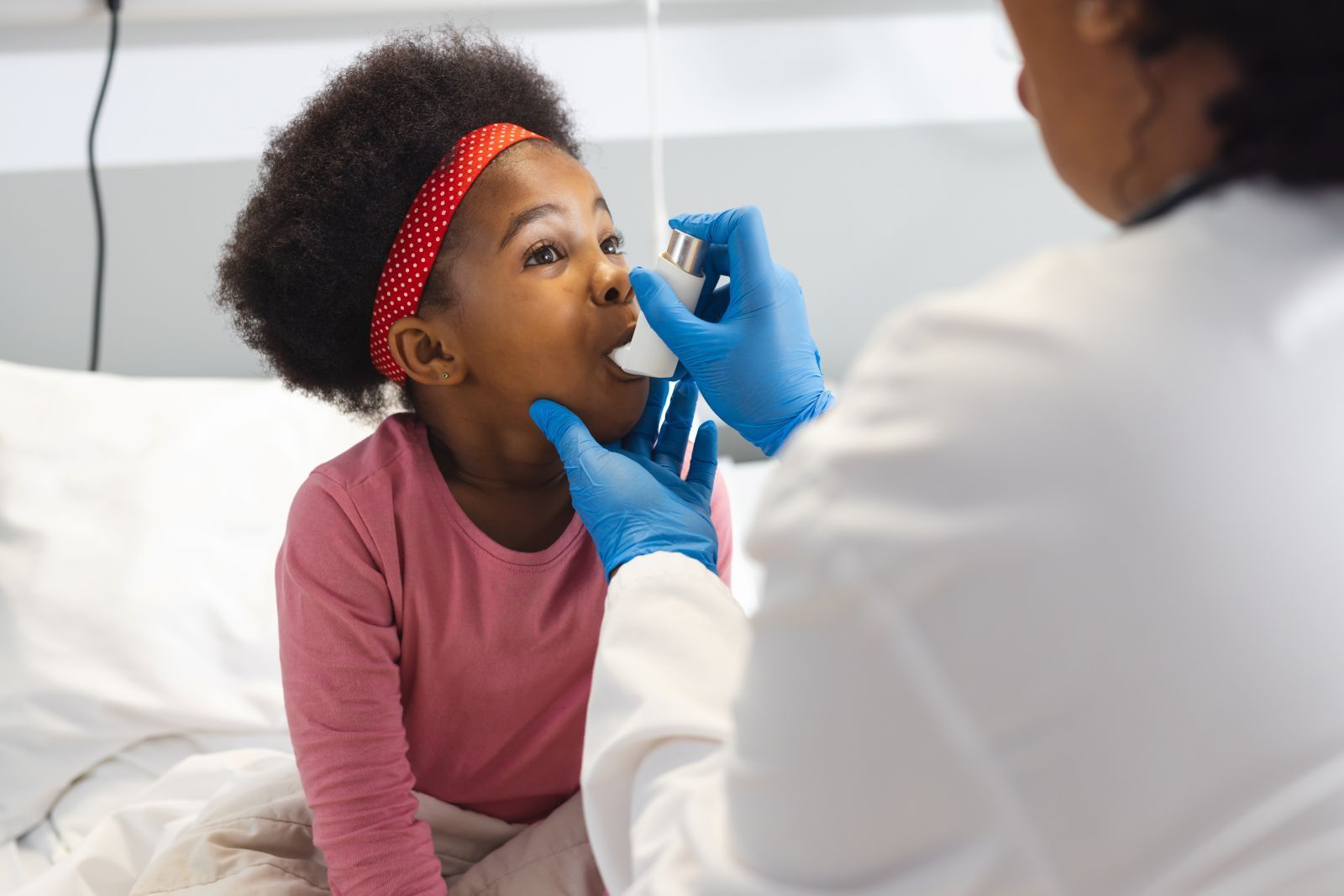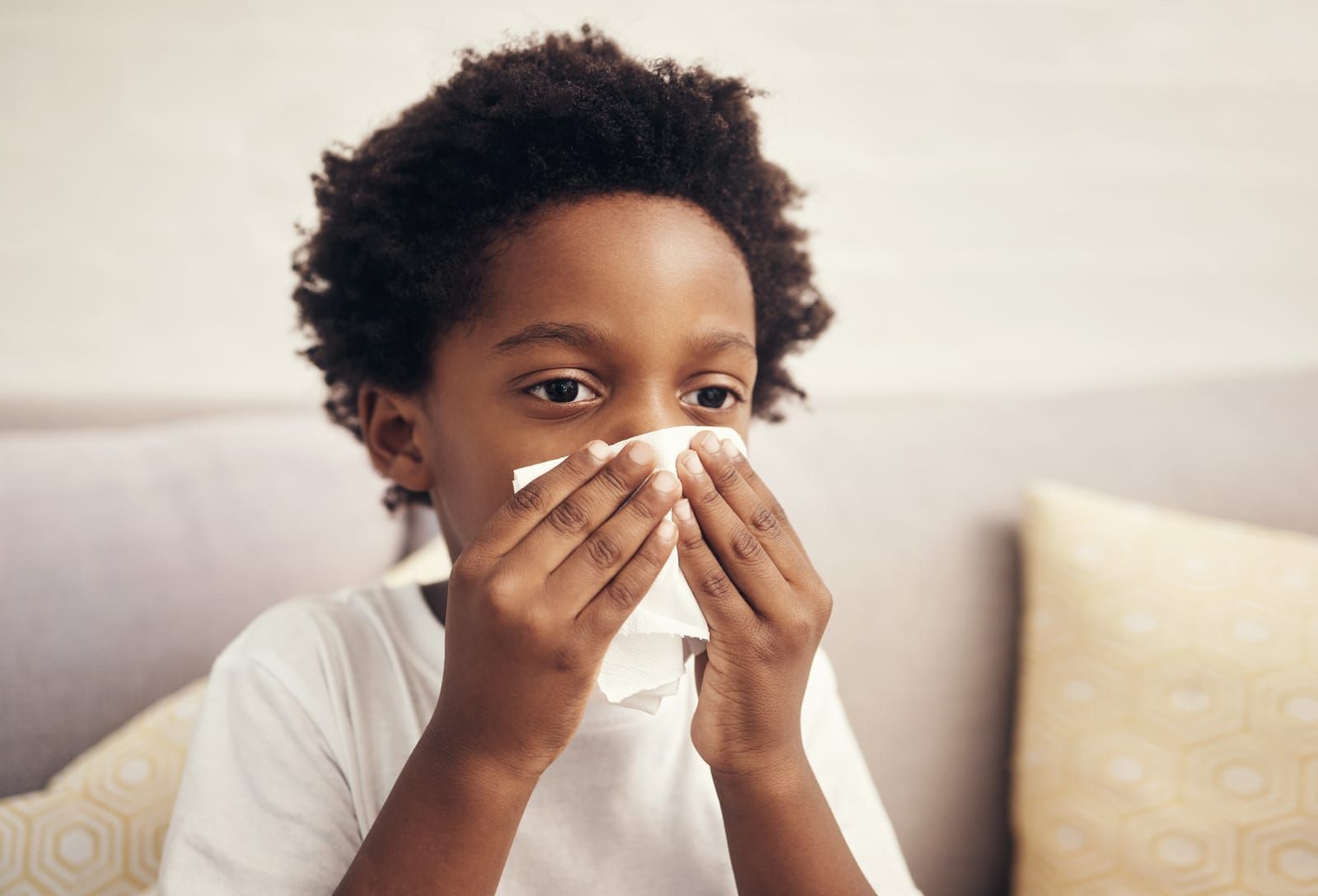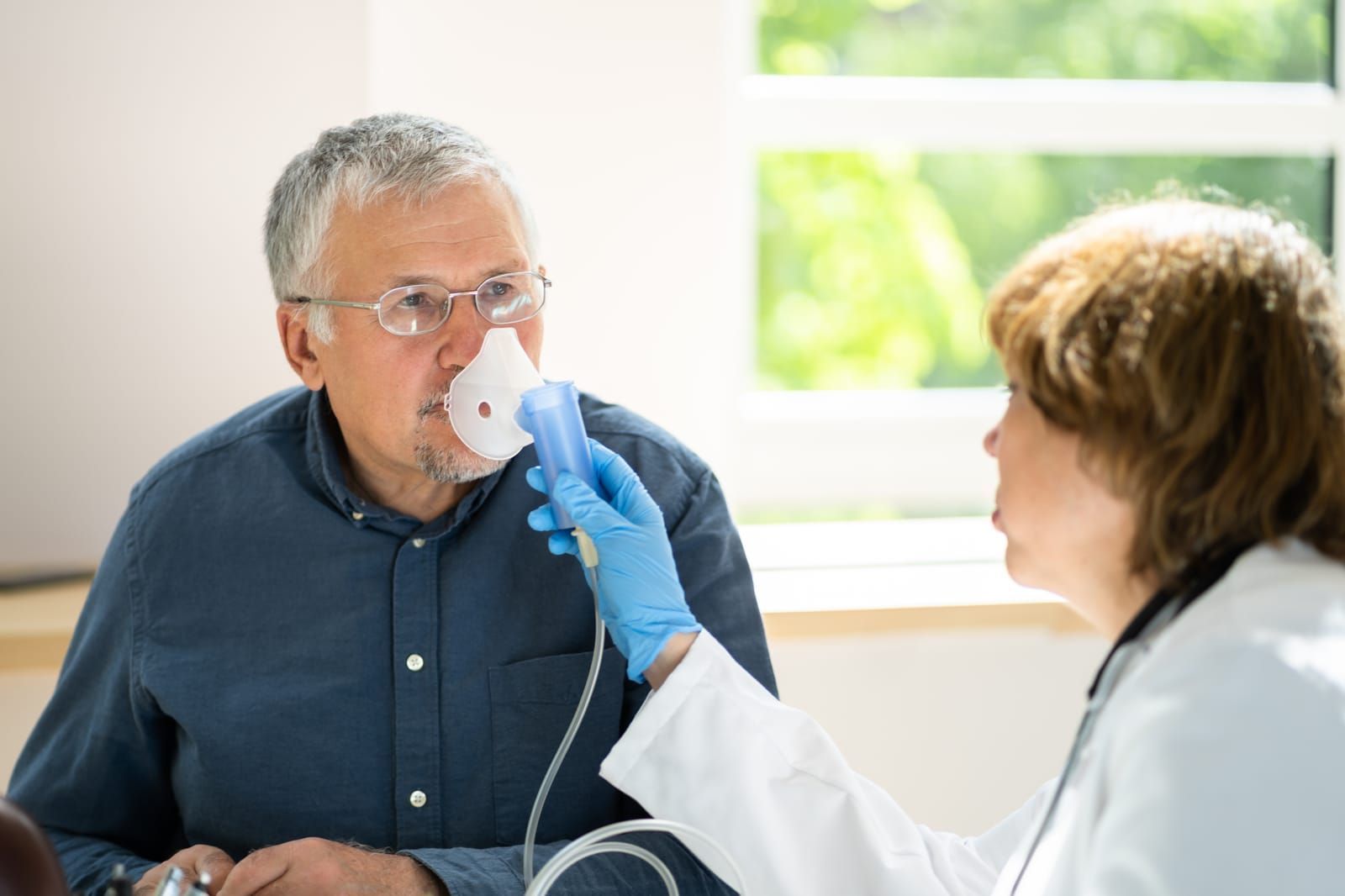Cold vs. Allergies
A viral infection causes a cold. Allergies are the immune system's reaction to something, such as pollen or pet dander. Many confuse the two disorders because they create similar symptoms, such as sniffles and stuffiness. Keep reading to learn which is which to help you diagnose your patients so they can get the appropriate treatment and feel better sooner.
Colds vs. Allergies
Colds are upper respiratory tract illnesses (sinuses, nasal passages, throat, and larynx). They are caused by various viruses but can be spread by contacting a person with a cold or an object touched by someone with a cold and breathing the virus in after someone coughs or sneezes.
Seasonal allergies, often known as hay fever or allergic rhinitis, develop when the immune system reacts to foreign environmental elements, such as pollen, insects, grasses, pet dander, mold, and others. Allergies frequently run in families.
What Are the Common Symptoms for Both?
Congestion or a runny nose and frequent sneezing are common symptoms of colds and allergies. Another symptom is feeling run down or exhausted in both cases, but several symptoms do not overlap with others.
What Are the Symptoms of Allergies?
1) If They Have Clear or Watery Mucus.
It will remain clear rather than getting thick or stained as it can with a cold.
2) Their Eyes Are Irritated or Moist.
It is unusual to experience itchy eyes when suffering from a cold.
3) Their Symptoms Remain Unchanged.
Allergies may be more severe for the first day or two, but your patient will experience the same symptoms day after day, unlike a cold.
4) They’ve Been Sick for More Than a Week.
A cold normally goes away in 7 to 10 days, but allergies can endure for weeks or even months.
5) Allergies Rarely Cause Sore Throats or Body Pains.
Colds are commonly caused by viruses that infect the upper airway, causing throat soreness. The only throat pain your patient may have as a result of allergies is irritation from post-nasal drip and a dry cough. The symptoms of body aches and discomfort are also not a result of allergies.
6) Their Symptoms Occur Only in Specific Settings.
Does your patient sneeze a lot in the spring and fall, or when they go outside? Allergies are typical during those periods and outdoors. Another sign of an allergy is feeling unpleasant in settings with other allergens, such as being in a house that is home to pets like cats and dogs that create pet dander.
Tips to Avoid Both
While neither can be avoided entirely, there are several steps your patients may take for a preventative approach. These are some examples:
● Avoid things that aggravate their symptoms
● Develop proper handwashing habits
● Avoid people who have a cold or another infection.
● Maintain a strong immune system with frequent exercise, healthy nutrition, and adequate sleep
How to Treat Both
Taking allergy drugs to relieve symptoms and, if possible, avoiding that particular allergen can be a way for patients to try and combat allergies themselves. If the symptoms persist though, consulting a medical professional to inquire about allergy testing to determine which allergies they may have and which treatment choices may be best is wise. If a cold doesn't improve after a few days of taking over-the-counter medications, a trip to see a medical professional can also be a good idea.
If you are looking for more information on treating sinus, nasal, and airway conditions, join the force of medical specialists at Snot Force Alliance Inc. We aim to bring specialists together through meetings and research collaborations and inspire innovation in treating sinus, nasal, and airway conditions. Join today!
